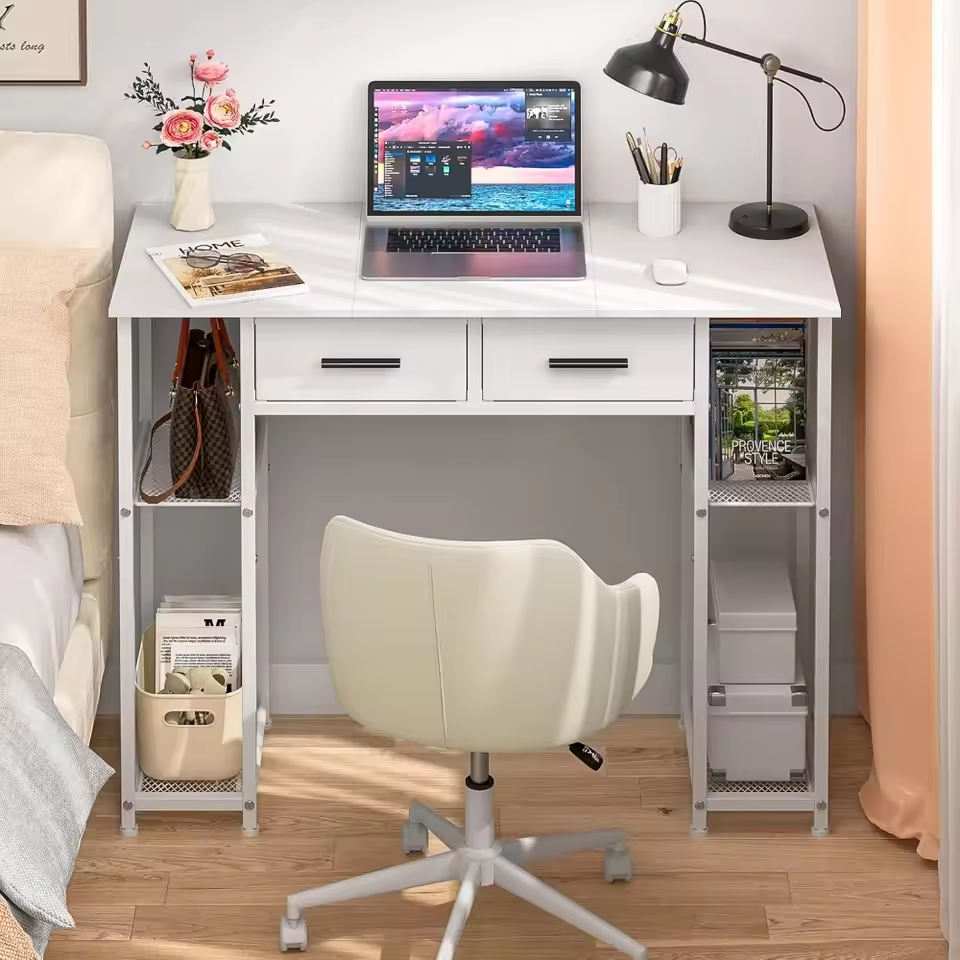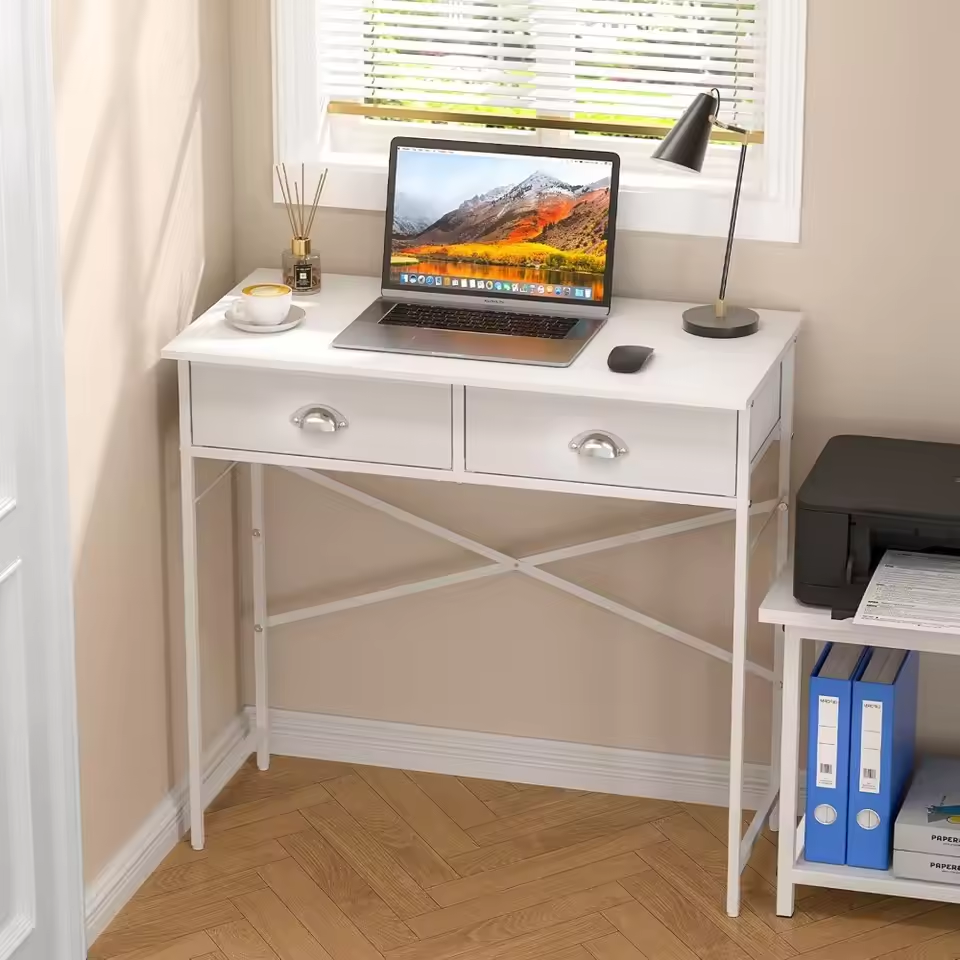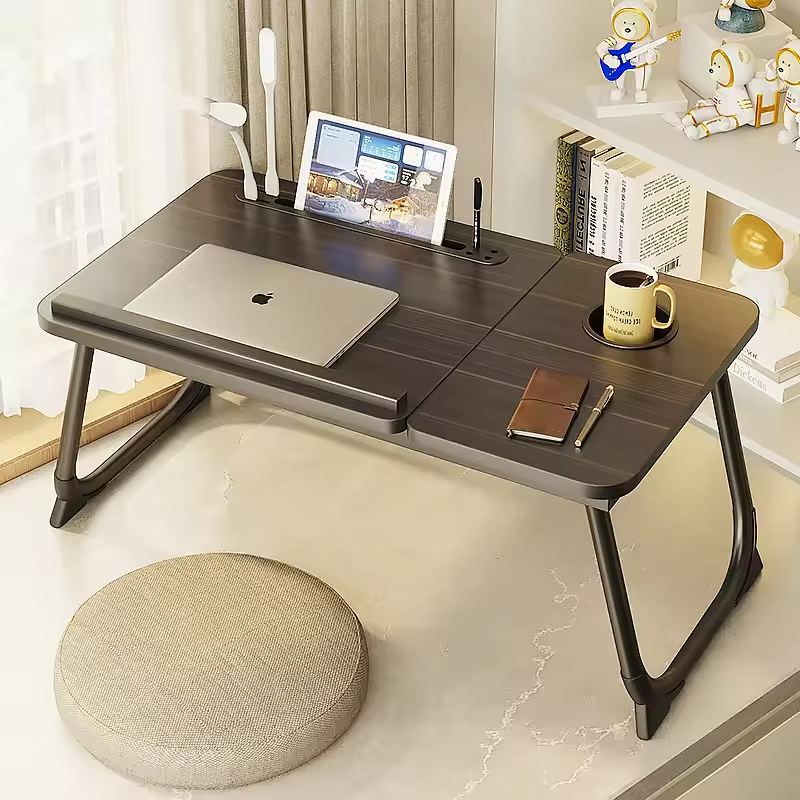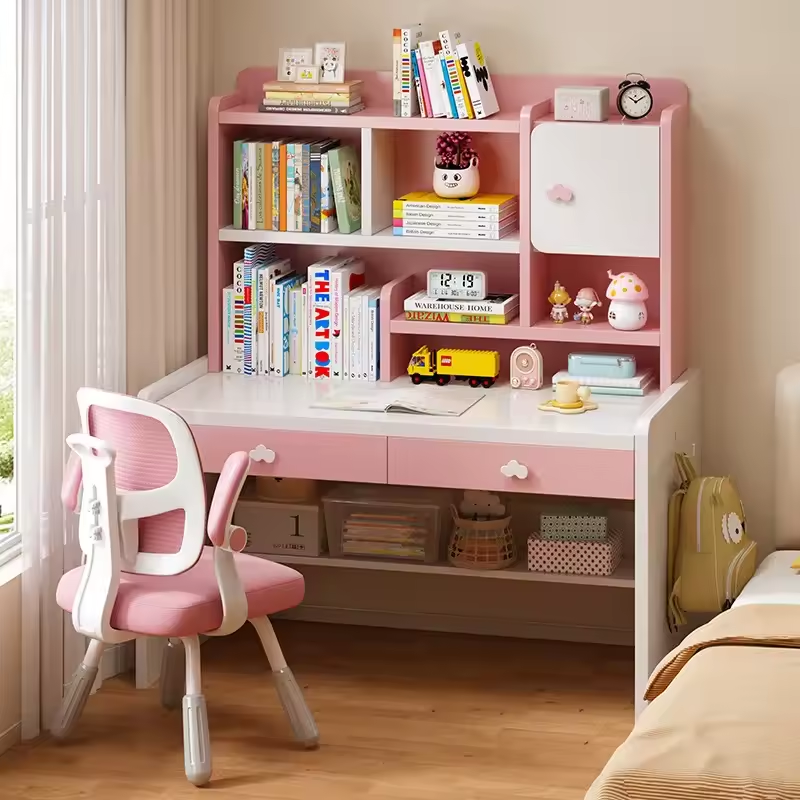Importance of a Dedicated Study Space for Children
Creating a dedicated study space for children is crucial. It helps them focus, organize their work, and gives them a sense of responsibility. A designated area for studying and homework signals to kids that their work is important, much like an office does for adults. A computer desk for kids becomes a central piece in this space. It allows children to comfortably access technology that’s often required for their assignments. Plus, a study space with a proper desk can help keep distractions at bay. It encourages a routine, where kids know that sitting at their desk means it’s time to concentrate.

This environment is also important for mental and physical health. The boundary between ‘play’ and ‘work’ becomes clear, which helps in balancing leisure and study time. An ergonomic computer desk for kids can also prevent posture-related issues, ensuring they’re comfortable while they study or attend online classes.
Furthermore, a dedicated space can be personalized. It can grow with them, showcasing their achievements and reflecting their evolving interests. It fosters independence, as they learn to maintain and organize their own space. These skills go beyond academics, setting them up for success in various life aspects.
In summary, the right computer desk for kids is more than a piece of furniture. It’s a foundation for positive study habits, health, personal growth, and success.
Key Features of the Perfect Kids’ Computer Desk
When selecting the perfect computer desk for kids, several features stand out as essential.
- Size: The desk must fit comfortably in the child’s room without crowding the space. It should provide ample surface area for a computer, books, and writing.
- Height Adjustable: An adjustable desk supports growing children. It can change in height to match their size over the years.
- Storage: Desks with drawers or shelves help keep study materials organized. This storage is key for maintaining a clutter-free workspace.
- Cable Management: A desk with built-in solutions for cable management keeps cords tidy. This is important for safety and reduces distractions.
- Sturdy Build: Durability is crucial. The desk should withstand daily use and the occasional rough handling by kids.
- Smooth Edges: Safety is paramount. Desks with smooth, rounded edges minimize the risk of injury.
- Colorful and Fun: Aesthetically pleasing designs can motivate kids. Bright colors and fun elements might make them eager to use their space.
Incorporating these features into a computer desk for kids can make a significant difference in their study habits and comfort. When children have a space that feels like their own, it can positively influence their attitude towards work and learning.
Space-Saving Designs for Small Rooms
When space is limited, a computer desk for kids must be cleverly designed to maximize the area. Opt for desks with incorporated shelving or pull-out keyboard trays. These features add storage without taking up extra room. Corner or L-shaped desks fit neatly in small spaces and make use of often-overlooked areas. Look for desks that can be folded or wall-mounted. These can be tucked away after study time to free up floor space. Desks with wheels can also be a smart choice. They allow for easy rearranging as needed for different activities.
Multipurpose furniture is another great option for small rooms. Choose a computer desk for kids that can double as a nightstand or vanity. This reduces the need for multiple pieces of furniture. Height-adjustable desks remain a space-saver as they grow with your child. They eliminate the need to buy new desks as kids get taller.
Light colors can help make a small room appear larger. Pick a desk in whites or pastels to create an illusion of more space. Finally, keeping the design simple and clutter-free is crucial. Avoid overly bulky furniture, and remember, a clean desk offers a clear mind for studying.
Ergonomic Desks for Growing Kids
Ergonomic desks have taken center stage in the design of study spaces for children. These desks focus on comfort and proper posture, which is critical as children grow. The key to an ergonomic computer desk for kids is its ability to adjust to the child’s size. An adjustable height feature is invaluable because it ensures the desk can grow with your child. This adjustability can save parents money in the long run and support a child’s physical development.
To ensure even greater ergonomic benefit, look for desks with tiltable desktops. Such surfaces can help children maintain a better angle for reading and writing, reducing strain on their eyes and wrists. Furthermore, consider desks with footrests. These can help smaller children maintain correct seating position before their feet reach the floor.
Equally important is the chair paired with the desk. It should offer good back support and be height adjustable. Chairs with armrests can prevent shoulder strain. Also, a chair with wheels allows children to move freely without awkward stretching or reaching.
Remember, ergonomic furniture is only effective if used correctly. Teach children the importance of sitting properly and taking regular breaks. Simple stretches or a quick walk around the room can keep their bodies active and minds focused. By investing in an ergonomic computer desk for kids and promoting good habits, you create a healthy study environment that fosters productivity and well-being.
Creative and Inspiring Desk Styles for Children
To spark creativity and excitement in children, their study space should be inviting and personal. Creative computer desk styles play a big role in making this happen. These desk styles can make children look forward to their study time and feel pride in their space. Here are some ideas to keep in mind when choosing a computer desk for kids that’s both practical and inspiring.
- Themed Desks: Select a desk that reflects your child’s interests, be it space exploration, wildlife, or fairy tales. A theme they love can make all the difference.
- Interactive Elements: Desks with interactive features like a dry-erase board surface or a built-in puzzle can be engaging.
- Customizable Parts: Look for desks that allow your child to change colors or add their artwork. This helps them make the space truly their own.
- Novelty Shapes: A desk doesn’t have to be rectangular. Consider designs shaped like cars, castles, or animals to fuel their imagination.
- Incorporating Technology: A modern computer desk for kids might have built-in tablet holders or multimedia connectivity. This can align with tech-savvy children’s interests.
- Environmentally Friendly: Desks made from sustainable materials can be both eco-conscious and stylish, offering a lesson in responsibility towards the environment.
By selecting a computer desk for kids with creative styles, children can enjoy a space that is both functional for studying and engaging to their senses. This is a step towards nurturing an environment where children are excited to learn and explore.
Essential Accessories for a Kid’s Computer Desk
After finding the right computer desk for kids, accessorizing it with the right items can boost functionality and comfort. Here are some accessories to consider adding to your child’s study space:
- Ergonomic Chair: This is just as important as the desk itself. An ergonomic chair supports good posture and comfort during study sessions.
- Desk Lamp: Good lighting is critical to prevent eye strain. A lamp with adjustable brightness can adapt to various tasks and times of day.
- Organizers: Desk organizers help keep supplies like pens, pencils, and paper within reach but off the work surface, enabling a tidy space.
- Bulletin Board or Dry-Erase Board: A board can be a visual way for kids to track homework, deadlines, or display their art.
- Book Stand: This stand keeps books at the right angle, reducing neck strain and freeing up desk space.
- Noise-Canceling Headphones: Ideal for busy homes, they can help children focus by blocking out distracting sounds.
- Wrist Rest: This accessory supports a comfortable wrist position, which can prevent strain during computer use.
- Foot Stool: For smaller kids whose feet don’t touch the floor, a foot stool can maintain proper seating alignment.
- Anti-fatigue Mat: If the child prefers standing at a height-adjustable desk, an anti-fatigue mat can provide cushioning and support.
- Cable Clips or Ties: These keep chords organized and out of the way, reducing clutter and potential tripping hazards.
Incorporating these accessories is a solid investment in creating a conducive and efficient study environment for children.
The Best Materials for Durability and Safety
When choosing a computer desk for kids, durability and safety should be top priorities. The materials used to create the desk can make a big difference in both aspects. Here are the best materials to consider for a child’s computer desk:
- Solid Wood: Known for stability and strength, solid wood desks are long-lasting. They don’t wobble and can endure the wear and tear from active kids.
- MDF (Medium Density Fiberboard): This material is cost-effective and can come in various colors. It’s less heavy than solid wood, making it easier to move.
- Metal: Metal frames provide robust support and are unlikely to break. They’re often paired with wood or plastic tops.
- Plastic: Lightweight and often less expensive, plastic desks come in bright colors. Look for high-grade, non-toxic plastic to ensure safety.
- Bamboo: Sustainable and sturdy, bamboo offers a durable option. It’s also environmentally friendly, which is an added benefit.
No matter the material, ensure the finishing is safe and non-toxic—avoid lead-based paints and harmful lacquers. Rounded corners and smooth edges are essential to prevent scratches and scrapes. Quality materials paired with thoughtful design can provide a secure and lasting study space for your child.
Tips on Organizing the Study Space to Enhance Productivity
Creating a study space that enhances productivity involves more than selecting the right computer desk for kids. Organization plays a critical role. Here are some tips to help organize your child’s study space effectively:
- Keep it Clean: A tidy space can prevent distractions and help kids focus. Encourage them to clean their desk at the end of each study session.
- Use Labels: Labeling shelves and drawers can teach kids where items belong. This makes cleaning up and finding supplies easier.
- Create a Schedule: Place a visible calendar or timetable. It can guide children on what to work on and helps in managing time.
- Limit Supplies: Too many pens or toys can cause clutter. Keep only what’s necessary on the desk to avoid overstimulation.
- Personal Touch: Allow kids to add personal items that inspire them, like photos or figurines, but keep them to a minimum.
- Go Vertical: Use wall space for shelves or boards. It saves desk space and provides more areas to organize and display work.
- Zone Areas: Define specific areas for different activities. Have a spot for computer work, another for reading, and one for drawing.
- Regular Updates: As kids grow, their needs change. Reassess the space regularly to keep it suitable and supportive to their current tasks.
By implementing these organizing tips, you can create a streamlined study environment. This space will not only be conducive to learning but will also foster better work habits. A well-organized computer desk for kids can be a cornerstone in their academic and personal development.